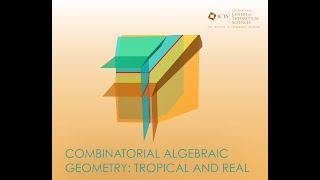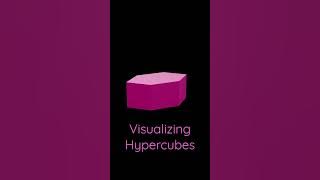6-polytopes | Honeycombs (geometry)
5-demicubic honeycomb
The 5-demicube honeycomb (or demipenteractic honeycomb) is a uniform space-filling tessellation (or honeycomb) in Euclidean 5-space. It is constructed as an alternation of the regular 5-cube honeycomb. It is the first tessellation in the demihypercube honeycomb family which, with all the next ones, is not regular, being composed of two different types of uniform facets. The 5-cubes become alternated into 5-demicubes h{4,3,3,3} and the alternated vertices create 5-orthoplex {3,3,3,4} facets. (Wikipedia).

















